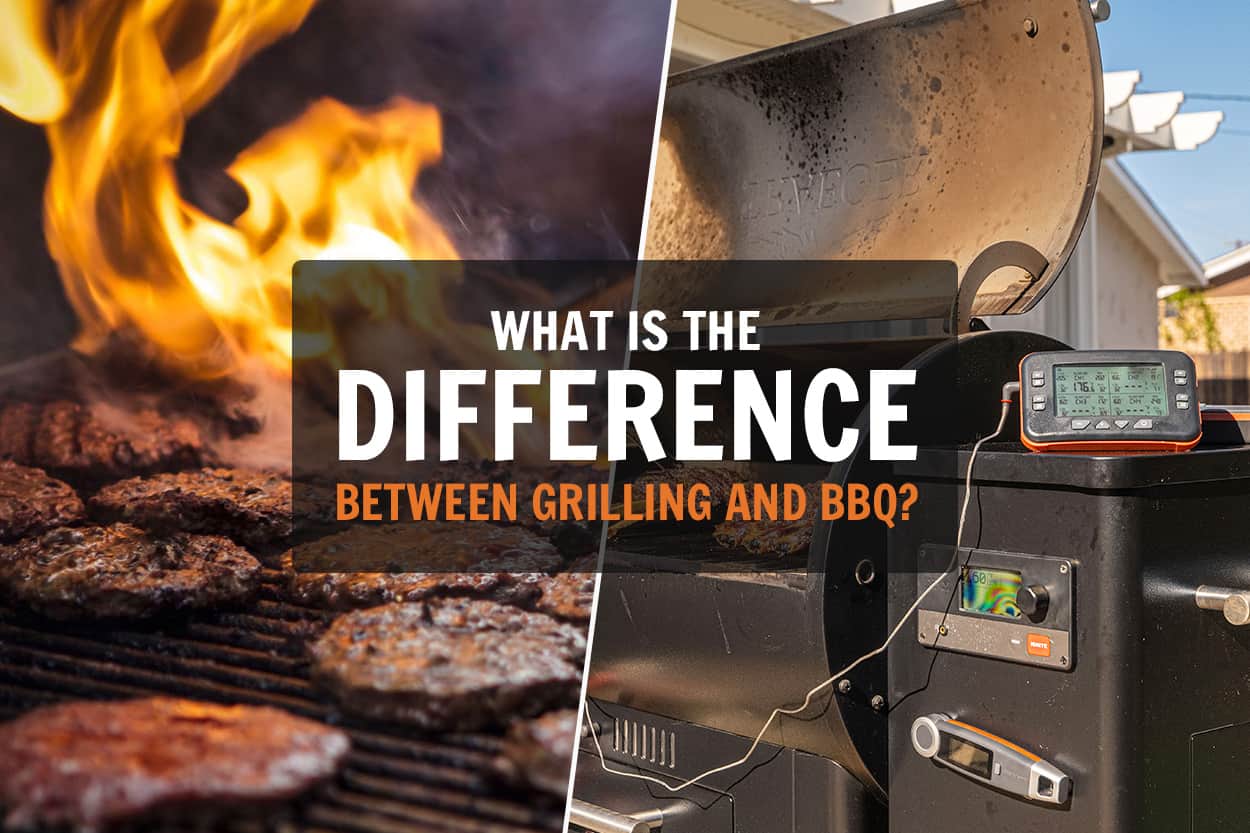
What is the Difference Between Grilling and BBQ?
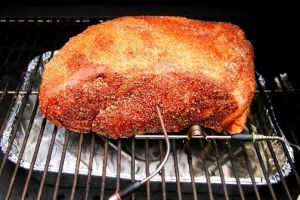
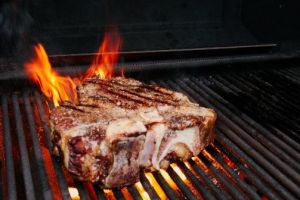
BBQ and Grilling, Grilling and BBQ, these terms are used often so interchangeably that people are not sure what they even mean anymore. Is a BBQ a backyard gathering, does a cookout have ribs and brisket, is there even a difference? Since both BBQ and grilling take place outside, often using the same equipment, its easy to see why these terms have become so tangled over the years. Grilling is as old as fire, while BBQ has a rich cultural history of oppressed peoples turning the toughest and most worked cuts into culinary delicacies.
There are five main differences between Grilling and Barbecue: the Fuel, the Heat, the Time, the Meat and the Smoke.
Table of Contents
THE FUEL
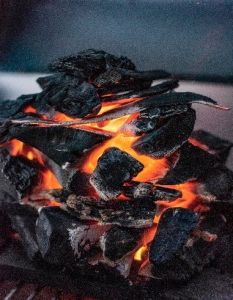
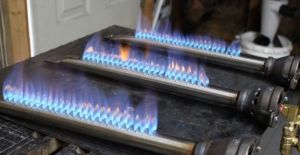
Grilling requires a fuel that can achieve extremely hot temperatures for optimal results. This can come from charcoal, gas, or even a campfire. The characteristics of the fuel, and the flavors they provide, can change your grilling experience dramatically.
Barbecue, on the other hand, is all about low and slow cooking where the fuel is a major contributor to the end flavor profile. In BBQ there are usually two fuels used, a starter fuel for the heat and then a second fuel for smoke and flavorings. The second fuel is most often wood with Oak, Hickory, Mesquite, Pecan, Fruit Woods, and Maple being the most common varieties. Regionally you see one wood favored over the other, in the Pacific Northwest Alder wood is king, while in the Midwest Hickory takes center stage, and in Texas Mesquite gives their Que its distinct flavor.
See our chart below for some differences between the different fuel types.
|
Fuel |
Profile |
Considerations |
|---|---|---|
| Charcoal Briquettes | Add a unique “grilled” flavor, burns close to 600-700 degrees, long slow burn, easy and cheap to procure. | Avoid presoaked coals and never use lighter fluid as this can leave a bad taste on your food. Takes 20-25 minutes to reach cooking temperatures. |
| Hardwood Lump | Made from all-natural hardwood with no additives, lights quickly, burns clean and hot ~ 800-1000°F, ready in 7-10 minutes | Burns fast, heat management can be an issue if you have never worked with this before, harder to find. |
| Natural Gas/ Propane | Instant on heat, easy to control, no added flavor from the fuel, easy clean up, easy to procure. | The grill itself is usually much more expensive, need to keep an eye on your tank to see how much fuel you have left, no flavor from the fuel (this can be both a pro and con). |
| Wood | True campfire grilling, adds smoke and other wood characteristics, burns around 1650°F (900°C). | Heat management is difficult, winds can change resulting in your fire shifting, flareups can cause major flame issues, without the proper tools this can be a challenge. |
THE HEAT

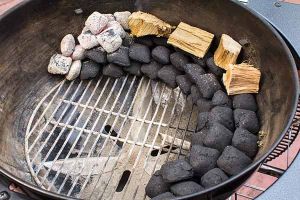
Grilling is all about high heat, you want a high intensity direct heat source that will give you those strong grill lines and seared crusty edges. This is a hot and fast method of cooking. You need grill temperatures of around 500-650°F to achieve optimum grilling performance. Another characteristic of grilling comes from the rendering fat dripping down to the heat source. These fat drippings strike your fire and instantly smoke creating an arial marinade that adds additional flavor.
BBQ is all about the low and the slow with an indirect heat source. The optimal cooking temperature is often hotly debated among BBQ aficionados but the consensus for most items fall in the 200-325°F range. This is perfect for tough and big cuts like brisket, pork shoulder, hams, and ribs. With the fire further away from the meat the ambient heat cooks slowly allowing for the deep and powerful smokey flavors of the wood to permeate the meat.
THE TIME

When you head over to the fourth of July cookout, where your favorite uncle is serving burger, hot dogs, and brats, this is all grilled food. Cooking hot and fast over direct heat does not allow for extended cooking times. The high heat also brings your food to the suggested safe internal temperature rather quickly. Most items you will put on the grill can be ready to eat in 10-20 minutes or less. This is perfect for hamburgers, steaks, pork chops, chicken breasts, fish filets and vegetables like zucchini and squash.
BBQ is an investment in time and patience. Think of your favorite pot roast, how long does it take to turn a tough cut of beef into something mouthwatering and delicate? Now drop the temperature 100 degrees and eliminate the moisture that helps speed this along. Depending on the cut, and animal, you are using the time can take anywhere from 3 hours to 24 hours. This time is not wasted though. You need this time and low temp to break down the connective tissue, which happens around 170-180°F, without drying out the rest of the muscle. The cooked form of collagen, the tough connective tissue in meat, is gelatin. That is what coats your pulled pork and brisket giving you that moist and juicy mouthfeel even though the meat is usually cooked to 200°F.
THE MEAT
Grilling requires tender and smaller cuts than BBQ to ensure that the meat can reach a safe internal temperature before the rest is overcooked and burnt. The ideal options are soft cuts with limited connective tissue such as steaks, chicken breasts, pork chops and fish filets. Whole fish can be grilled provided they are not too big; trout is an excellent grilling fish.
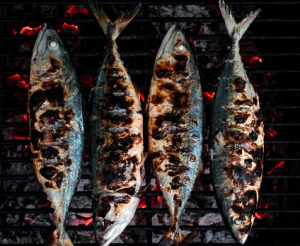
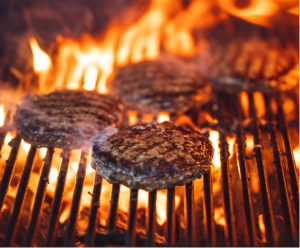
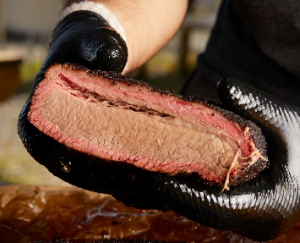
BBQ has its roots on the tables of the poor and oppressed. While the rich were dining on tenderloin the poor were slow cooking the tough and inedible cuts that are full of connective tissue and sinew. Whole and large cuts of meat are perfect for BBQ as they allow for a long cooking process to break down the connective tissue without drying out. Brisket, Pork Shoulder, Ribs, and Hams are best suited for these slow cooking applications.
THE SMOKE
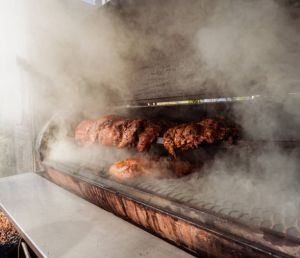
Smoke is not a true component of grilling. Yes, you can grill over wood, and the flare ups add minimal flavor, but in a fast and hot cooking environment there just is not enough time to add a lot of smokey flavor to your food. There are ways to add smoke to your grilled meats, but it stays just on the surface and doesn’t penetrate for that intense smokey flavor.
| Almond | Medium | Nutty and sweet flavor, little ash |
|---|---|---|
| Alder | Mild | Sweet and musky smoke |
| Apricot | Mild | Hint of sweetness and fruitiness |
| Apple | Mild | Sweet, fruity taste |
| Chestnut | Mild | Slightly sweet and nutty smoke flavor |
| Cherry | Mild | Fairly sweet and fruity |
| Hickory | Strong | Sweet to strong with heavy bacon flavor |
| Jack Daniel's | Strong | Made from Jack Daniel's barrels. Strong |
| Lemon | Medium | Tangy, citrus smoke with hint of fruitiness |
| Mulberry | Mild | Sweet, tangy, blackberry-like flavor |
| Mesquite | Strong | Earthy smoke flavor |
| Maple | Mild | Somewhat sweet subtle flavor |
| Nectarine | Mild | Mild and sweet smoke |
| Orange | Medium | Tangy, citrus smoke with hint of fruitiness |
| Oak | Medium | Traditional smoke flavor |
| Pear | Mild | Earthy flavor with a hint of fruitiness |
| Peach | Medium | Slightly sweet and woodsy flavor |
| Plumb | Mild | Mild and sweet smoke |
| Pecan | Mild | Sweet and mild. Similar to hickory |
| Wainut | Strong | Bitter; commonly mixed with other woods |
BBQ is the opposite. Smoke is the soul of BBQ and what separates it from any other cooking style. Smoke becomes an ingredient in your cooking, and maintaining the correct balance is crucial. Using wood chips, chunks or logs will provide a long and consistent amount of smoke that will work deep into the meat providing a deep and powerful flavor.
THE RIGHT GEAR
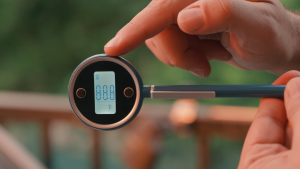
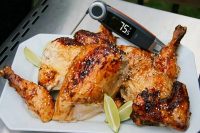
Grilling requires speed and accuracy, for that you need a fast and easy to manage instant read probe thermometer. The ChefsTemp Finaltouch and the ChefsTemp Pocket Pro provide fast, accurate measurements right at the tip of the probe. This allows you to put the temperature sensor exactly where you want it to ensure your food is safe and ready to eat.
Because the temperatures of a grill are so hot and the flare ups, which can be over 1000°F, could damage a probe thermometer we do not suggest using leave in thermometers for grilling.
BBQ is the perfect application for our ChefsTemp Quad XPro Thermometer, featuring multiple prober thermometers and an ambient temperature thermometer. These tools allow you to manage your heat with both high and low alarms that will alert you to changes in your smokebox and meat. The long-range RF remote makes it possible to monitor your smoker from up to five hundred feet away without disrupting the cooking environment. As always it is good to spot check your meat with an instant read thermometer to ensure it is ready to come off the fire.
ChefsTemp Quad XPro
Pro Series High Temp Cooking Probe & Pro Series High Temp Air Probe
| Probe | 527 F (300 C) |
|---|---|
| Cable | 700 F (370 C) |
| Transition | 644 F (340 C) |
The difference between Grilling and BBQ is important because each style has its own needs, challenges, and tools to get the job done.
One Comment
Comments are closed.
Discover Other ChefsTemp Products
Discover more recipes and learn kitchen tricks by joining our cooking family on Facebook.
You may also like:
















[…] is something about barbecuing and grilling meat that makes backyard parties more fun and exciting. It brings people together. Plus, it’s super […]